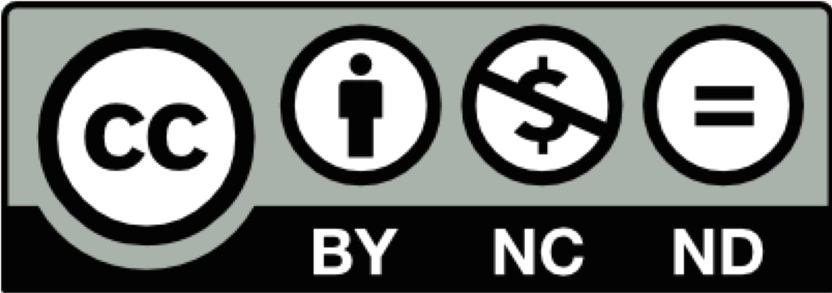The article clarifies the key features of the implementation of projects within the framework of PESCO and their prospects, taking into account the coronavirus pandemic and the fact that the Russian-Ukrainian war since 2014 has gone beyond the regional framework and affected the foundations of international and European security. It also analyzes the PESCO Strategic Review 2020 and the guidelines for the PESCO next phase (2021–2025) in terms of overall purpose, key policy objectives, processes, and incentives to improve the implementation of more pressing commitments. The paper emphasizes that, according to the Strategic Review, 26 out of 46 projects will have been fully completed by 2025. These projects include a cyber academy and innovation centre, chemical, biological, radiological and nuclear surveillance, crisis response operations, secure software-configured radio communications, medical command, military mobility, a network of logistics centres, and rapid response teams in cyberspace. The author has singled out the challenges on the way to the implementation of PESCO projects. It is about the disparity and inconsistency of such projects, the duration of their implementation and the need for coordination, financial challenges for the security and defence of the EU caused by both, the pandemic and the full-scale invasion of Russia into Ukraine. It is important that PESCO needs a clear transition to eliminate the shortcomings of strategic potential and openness for the full participation of non-EU members, including the UK. The establishment of PESCO is related to an ultimate need of a more effective defence of Europe, as well as significant results providing enhanced actions’ coordination and cooperation in the field of investment, capacity building and operational readiness. Expanded cooperation in these areas will allow reducing the number of different weapon systems in Europe and, as a result, will strengthen the operational interaction among the member states of the European Union. At the same time, these projects should be flexible and provide the opportunity for a growing number of states ((mainly, associated ones or candidate countries including Ukraine) to fully participate.
Agreement on European Union. (1992). Verkhovna Rada Ukrainy. [In Ukrainian]. URL: https://zakon.rada.gov.ua/laws/show/994_619#Text
Biscop, Sven. (2018). PESCO, Strategic Autonomy, and Ambition. Security and Peace, Vol. 36, No. 4, Themenschwerpunkt, 191–195. https://doi.org/10.5771/ 0175-274X-2018-4-191
Biscop, Sven. (2020). European Defence and PESCO: Don’t Waste the Chance. EU Integration and Differentiation for Efectiveness and Accountability, Policy Papers, 5 May, No. 1. URL: https://euidea.eu/wp-content/uploads/2020/05/euidea_pp_1.pdf
Chemical, Biological, Radiological and Nuclear (CBRN) Surveillance as a Service (CBRN SaaS). (2023). PESCO. URL: https://www.pesco.europa.eu/project/chemical-biological-radiological-and-nuclear-cbrn-surveillance-as-a-service-cbrn-saas/
Cyber Rapid Response Teams and Mutual Assistance in Cyber Security (CRRT). (2023). PESCO. URL: https://www.pesco.europa.eu/project/cyber-rapid-response-teams-and-mutual-assistance-in-cyber-security/
EUFOR Crisis Response Operation Core (EUFOR CROC). (2023). PESCO. URL: https://pesco.europa.eu/project/eufor-crisis-response-operation-core/
European Defence Industrial Development Programme (EDIDP). (2023). European Commission. URL: https://www.europarl.europa.eu/legislative-train/carriage/jd-european-defence-industrial-development-programme-(edidp)/report?sid=7001
Eyl-Mazzega, Marc-Antoine. (2019). La sécurité énergétique de l’Union européenne: entre vieux démons et nouveaux risques. Élections européennes 2019: les grands débats, Paris: Ifri, 39–41.
Fiott, D., Zeiss, M. (2021). Yearbook of European Security. Institute for Security Studies. URL: https://www.iss.europa.eu/sites/default/files/EUISSFiles/YES_2021.pdf
Fiott, Daniel. (2022). The Fog of War: Russia’s War on Ukraine, European Defence Spending and Military Capabilities. Intereconomics, 57(3), 152–156. https://doi.org/10.1007/ s10272-022-1051-8
Lazarou, Elena. (2020). Peace and Security in 2020: Overview of EU action and outlook for the future. Brussels : European Parliamentary Research Service, 2020, 112.
Permanent Structured Cooperation – PESCO Deepening Defence Cooperation among EU Member States. (2021). #EUDefence. URL: https://www.youtube.com/watch?v=G5xdielChdU
Permanent Structured Cooperation (PESCO) – factsheet (2022). European Union External Action. URL: https://www.eeas. europa.eu/eeas/permanent-structured-cooperation-pescofactsheet-0_en
Shared Vision, Common Action: A Stronger Europe. A Global Strategy for the European Union’s Foreign And Security Policy. (2016). Council of the European Union. URL: https://www.eeas.europa.eu/sites/default/files/eugs_review_web_0.pdf
Sweeney, S., Winn, N. (2022). Understanding the ambition in the EU’s Strategic Compass: a case for optimism at last? Defence Studies, 22:2, 192–210. https://doi.org/ 10.1080/14702436.2022.2036608
